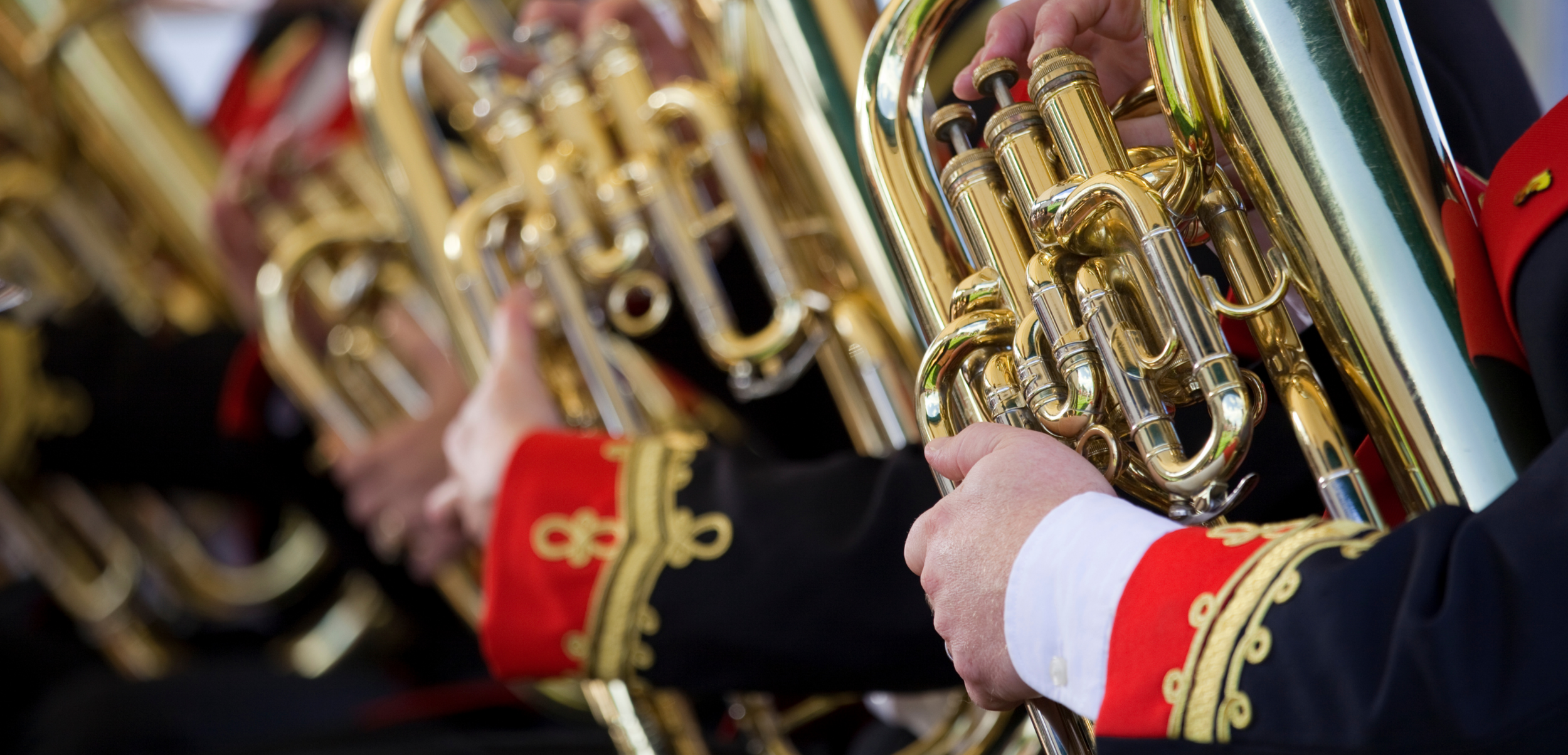
Brass Band
A Medieval Christmas
Grade 3 | 6 Mins
Christmas in many countries is a festival full of custom and tradition. This is nowhere more evident than in the carols we sing at this time of year, many of which have been a central part of Christian worship for hundreds of years. It is testament to the enduring power of these early songs that they have stood the test of time so well and indeed form a tangible link to the celebration of Christmas centuries ago.
A Medieval Christmas uses three of these ancient melodies, which are still popular around the world today:-
1. GAUDETE
Gaudete, Latin for 'rejoice!', first appears in print in 1582 as part of the Piae Cantiones, a collection of carols published in Griefswald, then part of Sweden but now in northern Germany. The lyrics in the collection generally testify to the moderate nature of the Swedish Reformation, but most of the melodies are medieval in origin and were sourced from all over Scandinavia and Central Europe. Gaudete is a song of praise which dates back to the Middle Ages.
2. COVENTRY CAROL
Coventry Carol was part of a Coventry mystery play, The Pageant of the Shearmen and Tailors, which depicts the Christmas story as told in the Gospel of St. Matthew. The play probably dates back to the 14th century, but the earliest surviving text was written down by one Robert Croo in 1534; the earliest printed source we have for the melody dates from 1591, but it is undoubtedly much older. The carol refers to the Massacre of the Innocents, when Herod ordered all male infants in Bethlehem under the age of two to be killed. The lyrics of this haunting carol, famous for its final 'Picardy third', represent a mother's lament for her doomed child.
3. IN DULCI JUBILO
According to legend, the German mystic and Dominican monk Henrich Seuse had a vision one night in 1328 in which he danced with angels as they sang to him 'Nun singet und seid froh' or 'In Dulci Jubilo'. In Dulci Jubilo is among the oldest and most famous of the 'macaronic' songs, which combine Latin with a vernacular language such as English or German. The melody is now commonly sung to the words, 'Good Christian Men, Rejoice'.
The tune itself first appeared in a manuscript in Leipzig University Library around 1400 but it is thought a version of the melody may have existed prior to 1328. The carol has remained a popular inclusion in both Catholic and Protestant hymnals ever since.
